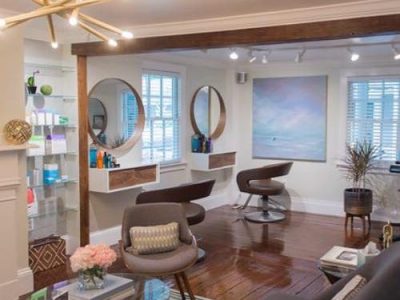Have you ever walked in a room and noticed it just felt…good? Perhaps it felt inviting, warm, and cozy. Maybe it felt sleek and modern, or bright and cheerful. Chances are, the lighting in the room was designed to create that exact feeling — and it’s doing its job. We often help our customers design the perfect lighting scheme for a room to create a vibe that “just feels right”.
There is more to lighting than choosing a bulb or flipping a switch. Layered lighting is a basic design principle that can maximize a living (or work) space when it is carefully planned out.

Photo courtesy of The Farthing
Just as it sounds, layered lighting creates depth and dimension through multiple light sources in a single space. It minimizes glare, provides ambiance, and enhances comfort and functionality.
Three types of lighting help to create these layers, in this order:
1. Ambient lighting: The general or major source of light in a room, such as a central ceiling fixture, chandelier, or recessed lights throughout the space. Consider this the base layer.
2. Accent lighting: Considered to be decorative lighting. As the name implies, accent lighting allows you to highlight certain elements in a space. It draws attention to things like artwork, mantles, fireplaces, or centerpieces. Track lighting and wall sconces are examples of accent lighting.
3. Task lighting: Light with a purpose. Task lighting provides additional lighting where you need it most. Examples include under-cabinet lighting, to make kitchen work safer and easier, or a floor lamp by your favorite chair for night time reading. Desk lamps, table lamps, and pendant lighting are also examples of task lighting.
To get started creating the perfect lighting for your room, consider what you use the room for, and how you’d like it to feel. What elements of the room would you like to bring to the forefront? Focus on those and work around them.



